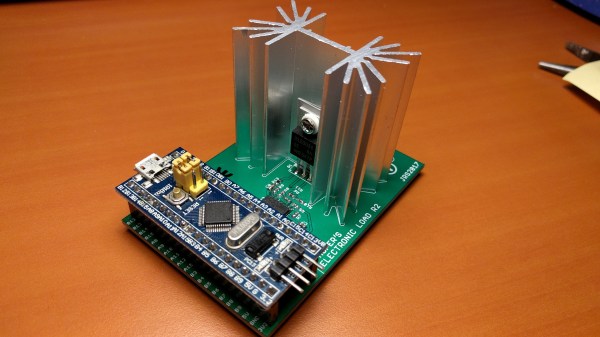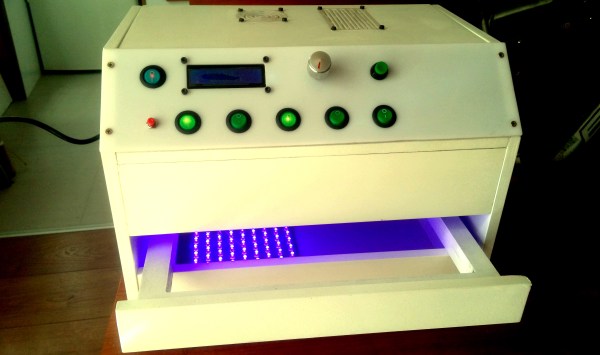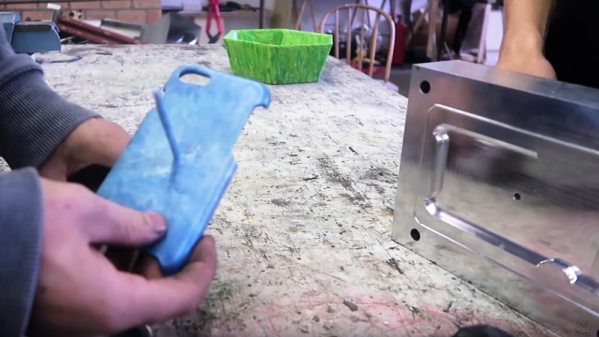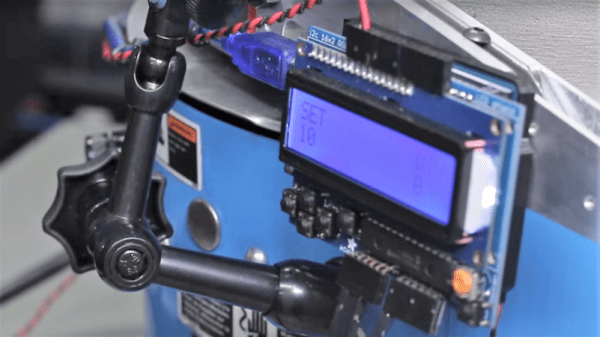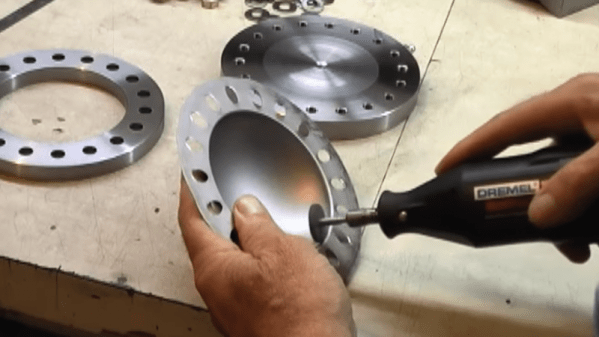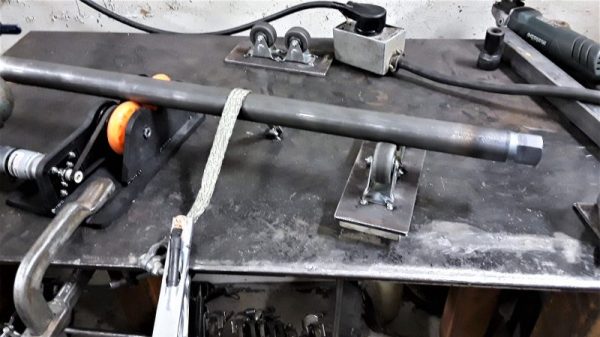Testing DC supplies can be done in many ways, from connecting an actual load like a motor, to using a dummy load in the manner of a big resistor. [Jasper Sikken] is opening up his smart tester for everyone. He is even putting it on Tindie! Normally a supply like a battery or a generator would be given multiple tests with different loads and periodic readings. Believe us, this can be tedious. [Jasper Sikken]’s simulated load takes away the tedium and guesswork by allowing the test parameters to be adjusted and recorded over a serial interface. Of course, this can be automated.
In the video after the break, you can see an adjustment in the constant-current mode from 0mA to 1000mA. His supply, meter, and serial data all track to within one significant digit. If you are testing any kind of power generator, super-capacitor, or potato battery and want a data log, this might be your ticket.
We love testers, from a feature-rich LED tester to a lead (Pb) tester for potable water.

